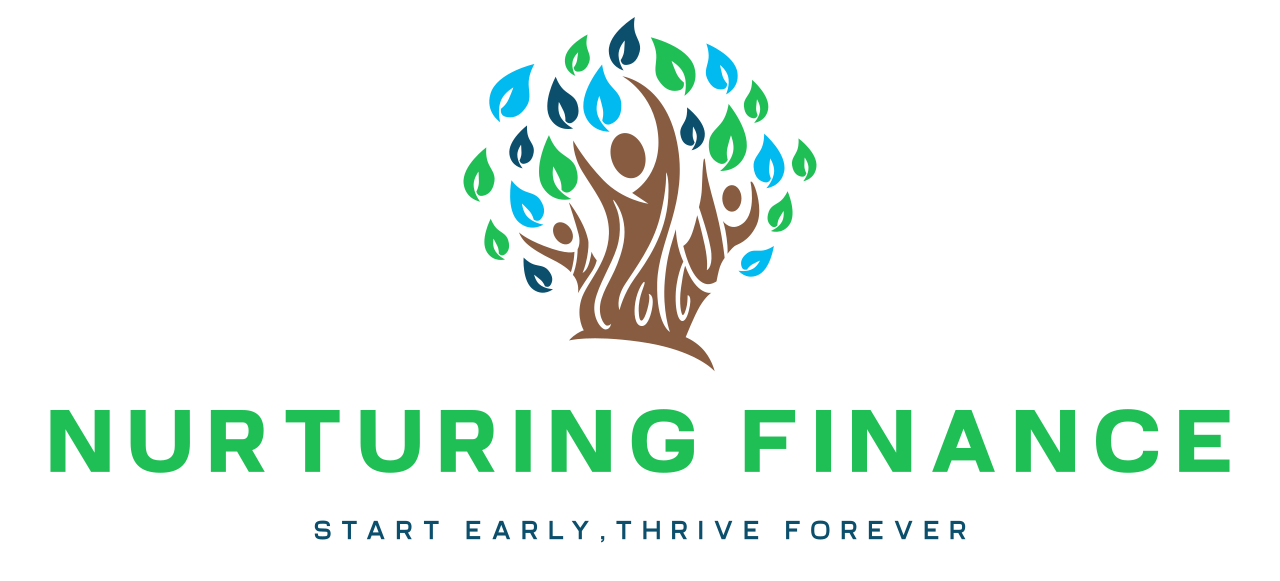Learning about money does not have to feel boring or confusing. For kids, financial lessons stick best when they are hands-on, fun, and clear. That is where financial education workbooks for kids make a difference. These workbooks help break down tricky ideas by using games, challenges, and real-life examples that children can relate to.
With so many workbook choices out there, it can be overwhelming. Some focus on learning about coins and bills, while others walk through saving, budgeting, or earning money. The trick is to pick one that matches your child’s age, interests, and what they know already. In the sections ahead, you will find tips for spotting a helpful workbook, matching material to your child’s level, and staying involved so lessons turn into habits.
Why Workbooks Help Kids Learn About Money
Money is not always easy for kids to understand through adult conversation alone. Workbooks make learning possible step by step with drawings, activities, and charts. Kids benefit from regular routines and repetition, and workbooks are built for that kind of practice.
Many workbooks include bright visuals or fill-in spaces that keep kids interested. When your child can track pretend savings or plan a budget for a birthday, they make real-life connections instead of just hearing “save your money.” These activities show how actual decisions play out.
Workbooks also give families a chance to build on lessons from school. If your child learns about needs and wants at school, a workbook can offer more practice at home. This repetition, across home and school, helps ideas sink in and boosts your child’s confidence.
Matching the Workbook to Your Child’s Age and Skill Level
Each child learns differently and at their own pace. Younger kids in early elementary school may just be starting to identify coins and bills. At this stage, look for books with matching games, coloring sections, or basic questions about money’s purpose.
Second and third graders might be ready for more. Look for activities about wants vs. needs or planning simple shopping lists. These books may offer sorting tasks or give small budgeting exercises that introduce new skills.
By ages 9 to 12, many kids can handle longer projects. Workbooks for tweens can address actual budgeting, earning allowance, and real saving goals. At this stage, a child may enjoy a workbook with longer challenges, space for planning future goals, or sections for reflecting on their choices.
It is important to pick a workbook your child understands easily but still finds a bit challenging. If the material feels too hard, your child may get frustrated. Too easy, and they might lose interest. The best choice keeps curiosity and engagement high.
How to Know If a Workbook Will Work for Your Child
A great workbook does not have to be fancy or full of extras. What matters most is that your child understands the instructions and enjoys the activities. Simple, short directions make it easier for kids to follow along.
The way the workbook looks also matters. Pages that have plenty of white space and less clutter make activities feel approachable. Large print and uncluttered layouts help kids read easily and focus on one activity at a time.
Look for fun elements like games or reward checklists. Things like stickers or completion boxes can keep lessons interesting and give your child a sense of accomplishment. Some workbooks from Nurturing Finance even include reflection pages or goal-setting sections, helping children practice planning and decision-making.
Think about your own child’s style. If they love drawing, pick something with lots of visuals. If staying focused is tricky, shorter and varied activities will be more engaging.
The Role of Parents in Making Workbook Learning Stick
Parents play a key role in making workbook lessons lasting. This does not mean you have to act as a teacher, but checking in matters. Ask your child about what they learned that day or complete a few pages together. Talking through problems helps your child see learning as a team effort.
Everyday life is full of learning chances. At the store, ask your child to read a price or count out change. On weekends, ask if they want to use their allowance for savings, just like their workbook taught. These moments connect lessons from the page to real life.
The idea is not to quiz, but to make workbook topics part of normal, everyday conversations. When your child hears about spending, saving, and making choices more than once, those ideas become habits. Kids who feel safe talking about money are more likely to ask questions and solve problems confidently.
Small, steady conversations build big skills over time and help kids see money as something manageable, not mysterious.
Growing Real Skills, One Page at a Time
Financial education workbooks for kids are a stepping stone—just one of many tools to help children grasp money basics. Picking the right book, matched to a child’s age and learning style, can set the stage for positive habits and smart decisions.
When the workbook is clear, the activities are engaging, and parents show interest, children are more likely to keep learning. Pages turn into practice, and practice turns into quiet confidence. A few minutes spent on each activity now helps kids feel ready to face bigger money choices in the years ahead.
Looking for ways to keep money lessons going at home? Our financial education workbooks for kids offer simple, hands-on practice that helps reinforce key skills through everyday play. At Nurturing Finance, we believe small, steady steps like these make it easier for families to grow strong habits together from the very beginning.
